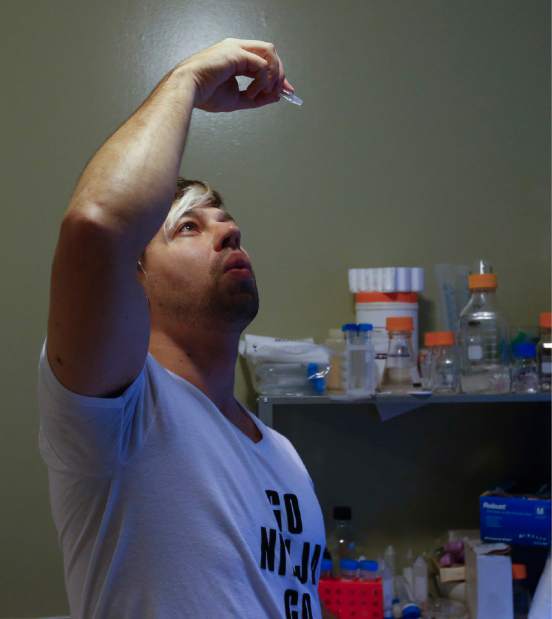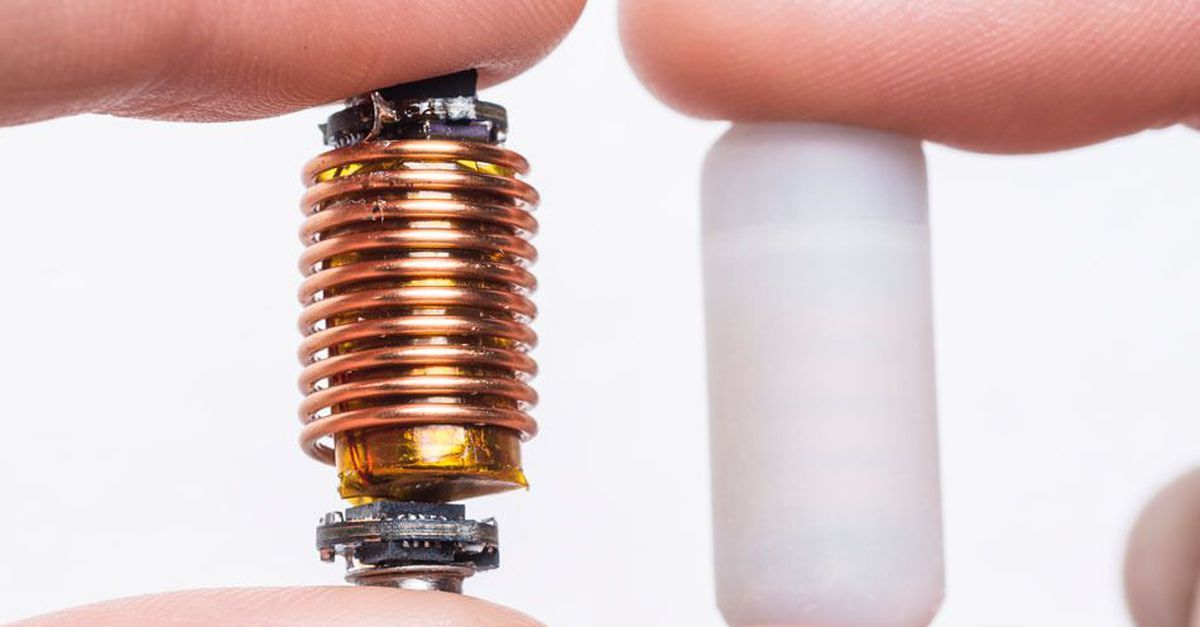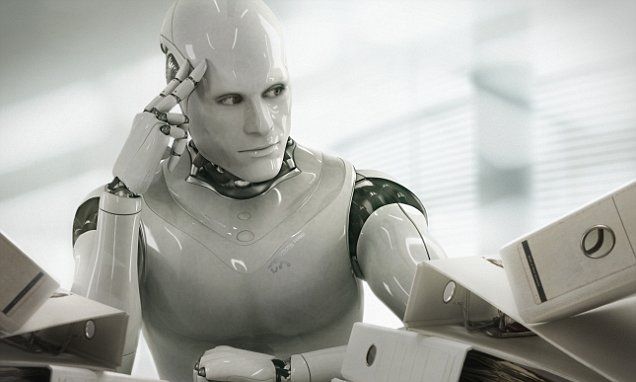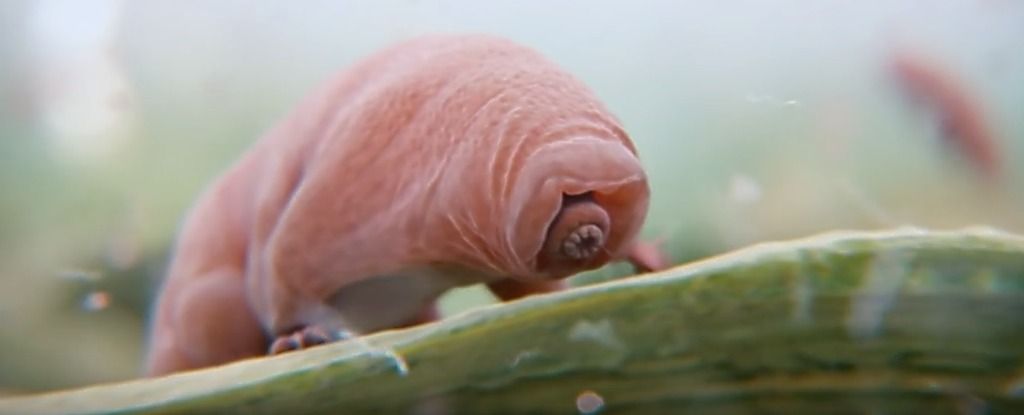
This is an interesting conjecture.
We may be able to keep our gut in check after all. That’s the tantalizing finding from a new study published today that reveals a way that mice—and potentially humans—can control the makeup and behavior of their gut microbiome. Such a prospect upends the popular notion that the complex ecosystem of germs residing in our guts essentially acts as our puppet master, altering brain biochemistry even as it tends to our immune system, wards off infection and helps us break down our supersized burger and fries.
In a series of elaborate experiments researchers from Harvard Medical School and Brigham and Women’s Hospital discovered that mouse poop is chock full of tiny, noncoding RNAs called microRNAs from their gastrointestinal (GI) tracts and that these biomolecules appear to shape and regulate the microbiome. “We’ve known about how microbes can influence your health for a few years now and in a way we’ve always suspected it’s a two-way process, but never really pinned it down that well,” says Tim Spector, a professor of genetic epidemiology at King’s College London, not involved with the new study. “This [new work] explains quite nicely the two-way interaction between microbes and us, and it shows the relationship going the other way—which is fascinating,” says Spector, author of The Diet Myth: Why the Secret to Health and Weight Loss Is Already in Your Gut.
Continue reading “Does our Microbiome Control Us or Do We Control It?” »


















